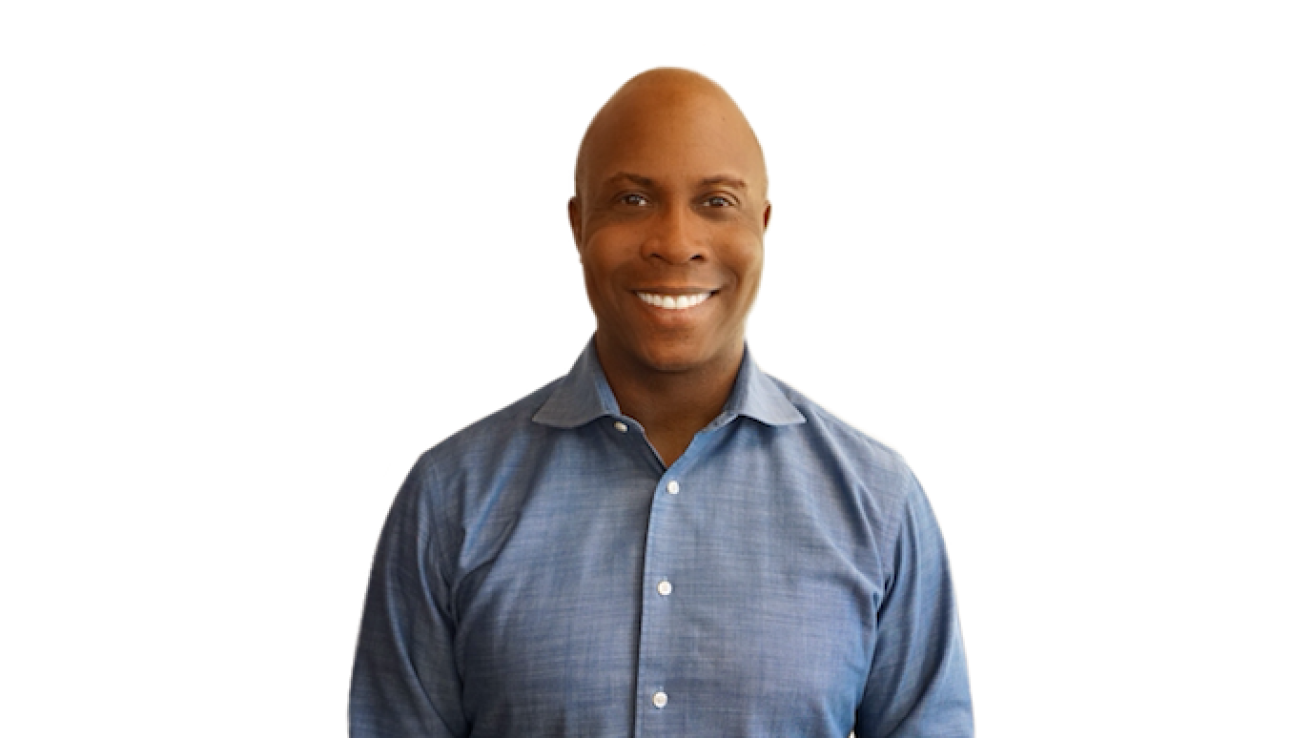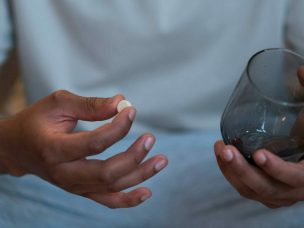In this MD Newsline exclusive interview with child and adolescent psychiatrist Dr. Johnny Williamson, we discuss how to provide culturally sensitive care and overcome language barriers.
MD Newsline:
How have you been able to implement culturally sensitive care in your practice?
Dr. Johnny Williamson:
“I work in an environment that’s diverse. Right? We have no less than six nationalities represented. That’s the number one key is to have diversity. And what we do is we collaborate. Right? There are cultures that I’m not all too familiar with, so I reach out to a colleague, a friend, or a colleague of a colleague, or someone who works in our group to discuss how I’m seeing this, what’s going on, getting their perspective. Right?
They help me correct or fill in gaps in my cultural understanding of that particular culture. And so, I think that’s one of the biggest ways.
The other thing is the intent—I’m aware of the importance of the person’s perspective, experience, and culture. And so, if I’m going to help them effectively, my job is to enter into that ecosystem in a way that’s biased as little as possible with the intent to understand what their experience is.
In doing that, I think a number of things happen. One, it builds trust with that individual. This is a person who’s different from me but is clearly hearing what I’m saying, understanding it, and able to relate that back to me. And, it’s also very true that when we have those sensitivities when we’re communicating, it brings a richer and more detailed conversation, and we get more data around what’s happening.
And then the positive on the other end of that is because of that clarity, trust, and communication, our information is more complete, that makes diagnoses more accurate, and then our likelihood of finding an effective treatment in a short amount of time more likely. The overall treatment experience is improved.
You’ll get feedback from families. They’ll say things like, ‘ok, that person really gets it. I’ve seen five or six people, but they seem to understand.’ And I think what they’re describing is an experience that’s really focused on them and not the disorder. It’s authentic in its intent to start with understanding what’s going, who’s here, what’s important, what their experience is, and what they’re actually seeking support for.
And then respecting those values in the discussion and decision-making process. And so I’m here as a collaborator to share this information, help bring understanding, present options for intervention, and then let’s talk about what’s a good plan. Right?
And even that is culturally sensitive and culturally diverse. There’s some cultures, both family culture, community culture, and even with race and ethnicity, and I think you would see this more many years ago than you do now, but the physician is an authoritarian. Right? In those families, they tend to rely more heavily on what the doctor says to do. Which sounds pretty good. Right? ‘You’re going to do what I recommend.’ And we can take advantage of that.
But the other piece of that we have to understand is that sometimes, there may be more of a likelihood to say ‘yes’ to something that you’re not emotionally attached to and can’t support long-term. Or, you’re afraid to ask questions that seem to question my understanding. Right?
When I’m working with someone, I share with them how I see it, and I ask them, ‘how does that match? What parts of this are off?’ Because I’m not them, I don’t live their lives, but that’s how we get to that understanding. And sometimes families where they see the physician as the authoritarian, that’s talking back or disrespectful.
And so, I try to, in those scenarios, express, ‘the reason I’m asking is because I can’t know. I want you to disagree if you are sure this doesn’t match. We can talk it through.’
Some of these things, it might be that, once we talk it through, you see where I’m coming from, and sometimes we’ll talk it through, and I’ll say, ‘oh no, I had that wrong.’ Or, ‘this is the better approach.’ And so that’s the dance, the flexibility that needs to be there because it’s not a one-shoe-fits-all. But I do think that approach creates an environment where, whatever that path is, we’re able to get to the destination. It just looks different each time.”
MD Newsline:
How do you deal with language barriers so that they don’t impede your ability to deliver quality care?
Dr. Johnny Williamson:
“Language is important. We have to understand a person’s language, and even beyond that, we have to understand what they mean by what they say. And so, when it comes to language barriers, one, I prefer to have someone who speaks the language [care] for that individual. That’s not always possible. There aren’t nearly enough mental health providers, let alone psychiatrists, and so sometimes it’s not an option.
In those scenarios, I like to pull in a translator. Sometimes that’s a professional translator, and sometimes it may be a trusted family member. And sometimes we’ll do both because sometimes I want that separate neutral interpreter, but then I typically like to have a family member that’s present that understands both languages so that they can understand what the interpreter is saying as well. Right? Because an interpreter can be biased as well.
The more people we add to the process, the more our implicit biases can impact and distort what’s understood. So, I try to offset that by having [a] family member who would be appropriate to be in the meeting, who can [understand] the English and Spanish and help us make sure that we’re bridging that gap effectively.”
Responses have been condensed and lightly edited.








